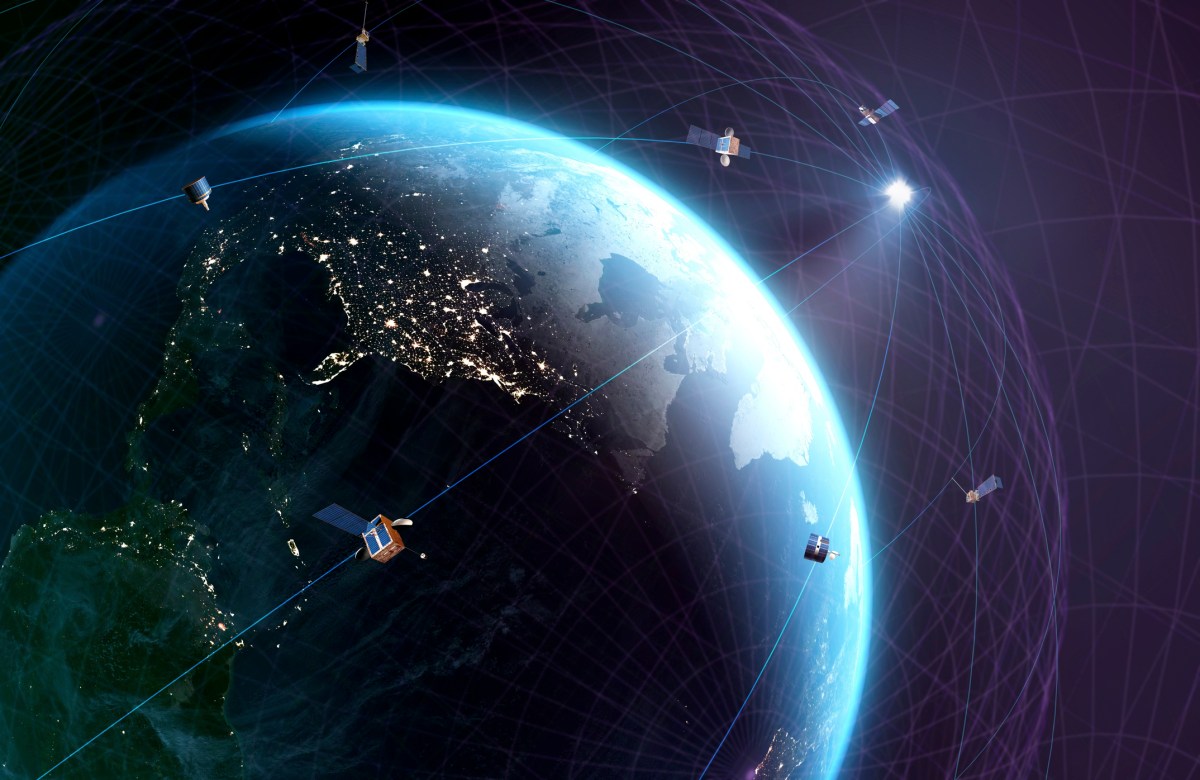- Daily Zaps
- Posts
- Early testers leaked access to OpenAI Sora
Early testers leaked access to OpenAI Sora
OpenAI Sora leaked by artists , DOE explores AI to speed up electric grid projects, California proposes AI hiring regulations, and experts question if AI scaling has reached its limits.
Welcome back to Daily Zaps, your regularly-scheduled dose of AI news ⚡️
Here’s what we got for ya today:
🎥 Early leaked access to OpenAI Sora
🤖 DOE wants to use AI to reduce electric grid projects timelines
🧞♂️ California moves to regulate AI in employment decisions
📈 Has AI scaling hit a limit?
Let’s get right into it!
STARTUPS
OpenAI shuts down Sora alpha program due to leak
OpenAI's text-to-video AI model, Sora, has faced controversy after some beta testers leaked early access to protest what they call "unpaid R&D and PR." These artists, invited to test and provide feedback, claim OpenAI is exploiting their labor to enhance Sora while controlling its outputs through strict content approval.
The group argues that OpenAI, valued at $150 billion, should support artists more meaningfully rather than using them to boost the credibility of corporate products. OpenAI denied the allegations, stating participation in Sora’s alpha program is voluntary and intended to balance creativity with safety. While Sora’s public release was anticipated by the end of the year, OpenAI has delayed it to address concerns like safety, compute scaling, and potential misuse.
GOVERNMENT
DOE wants to use AI to reduce electric grid project timelines
The US Department of Energy (DOE) is offering $30 million through its AI4IX program to speed up connecting renewable energy projects like solar and wind farms to the power grid. Right now, over 2,600 gigawatts of clean energy projects are stuck in “interconnection queues,” waiting up to seven years for studies to determine necessary grid upgrades and costs. These delays stem from an outdated system designed for fossil fuels.
The DOE aims to use AI to identify and fix application issues faster, cutting down delays and helping more renewable energy projects get online. With electricity demand rising due to technologies like AI, this initiative is critical for modernizing the grid and meeting future energy needs. Funding proposals are open until January 2025, with winners announced in winter 2025.
FROM OUR PARTNER WRITER
Writer RAG tool: build production-ready RAG apps in minutes
RAG in just a few lines of code? We’ve launched a predefined RAG tool on our developer platform, making it easy to bring your data into a Knowledge Graph and interact with it with AI. With a single API call, writer LLMs will intelligently call the RAG tool to chat with your data.
Integrated into Writer’s full-stack platform, it eliminates the need for complex vendor RAG setups, making it quick to build scalable, highly accurate AI workflows just by passing a graph ID of your data as a parameter to your RAG tool.
CAREERS
California moves to regulate AI in employment decisions
The California Privacy Protection Agency (CPPA) has voted to advance new regulations on automated decision-making technology (ADMT), which uses personal data and computation to assist or replace human decisions. If enacted, these rules would impose strict requirements on employers using AI tools for key employment decisions like hiring, promotions, and terminations.
Key provisions include notifying employees, contractors, and applicants about ADMT use and their rights to opt out; conducting bias reviews to ensure non-discrimination; providing human review options for certain decisions; and performing annual cybersecurity audits and risk assessments to safeguard personal data.
OPINION
Has AI scaling hit a limit?
For years, AI progress has been driven by the belief that bigger models, more data, and more computing power automatically make AI smarter. This scaling approach brought us breakthroughs like ChatGPT and massive investments in AI development. However, recent results suggest this strategy is reaching its limits. Models like OpenAI’s Orion and Google’s Gemini are showing diminishing improvements despite consuming enormous resources.
Challenges such as a shortage of high-quality training data, massive energy demands, and the limitations of current architectures like transformers are slowing progress. Experts argue that the future of AI requires new approaches, such as focusing on smarter reasoning during use or building "world models" that understand causality and the physical world.
In case you’re interested — we’ve got hundreds of cool AI tools listed over at the Daily Zaps Tool Hub.
If you have any cool tools to share, feel free to submit them or get in touch with us by replying to this email.
🕸 Tech tidbits from around the web
FROM OUR PARTNER SYNTHFLOW
Your Voice AI Agent, Just a Few Clicks Away
Need a calling assistant that handles routine tasks like lead qualification and booking appointments 24/7? Synthflow has you covered with a library of pre-tested AI Agent templates tailored to industries like real estate, healthcare, and more. These ready-made solutions let you launch quickly—and if you’re feeling innovative, you can design and sell your own templates to earn extra income!
How much did you enjoy this email? |
** Sponsored









/cdn.vox-cdn.com/uploads/chorus_asset/file/25759086/Style_selector.jpg)
